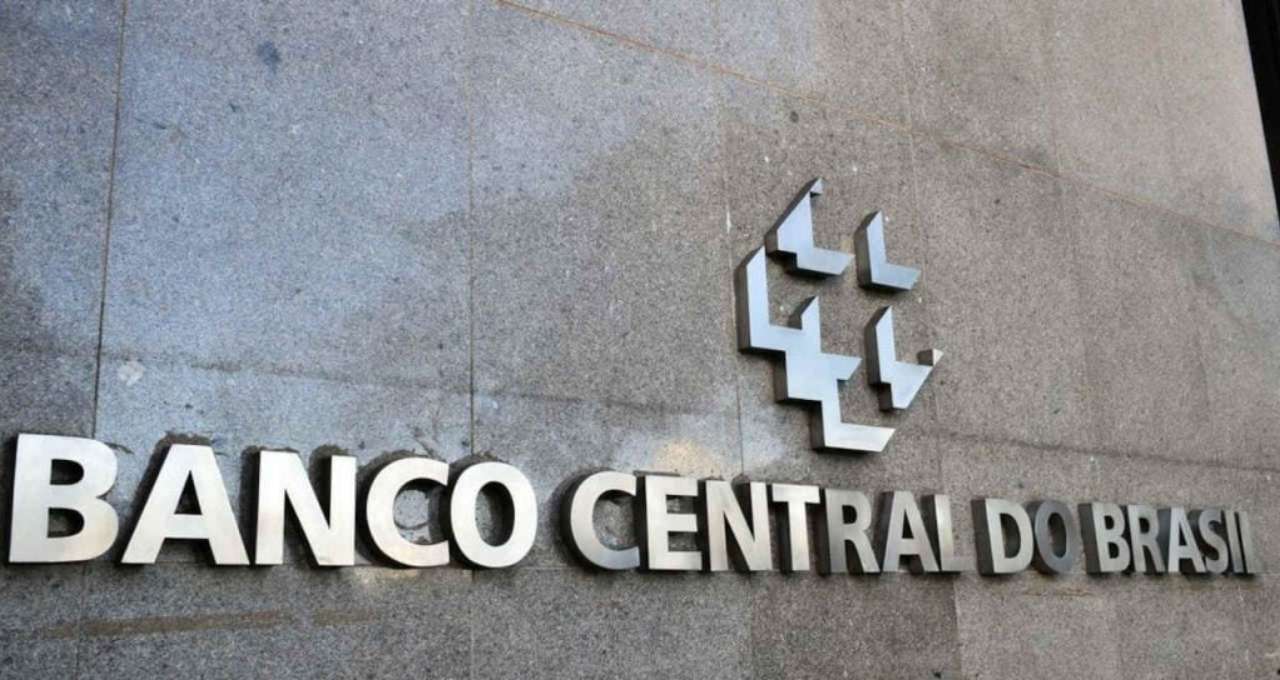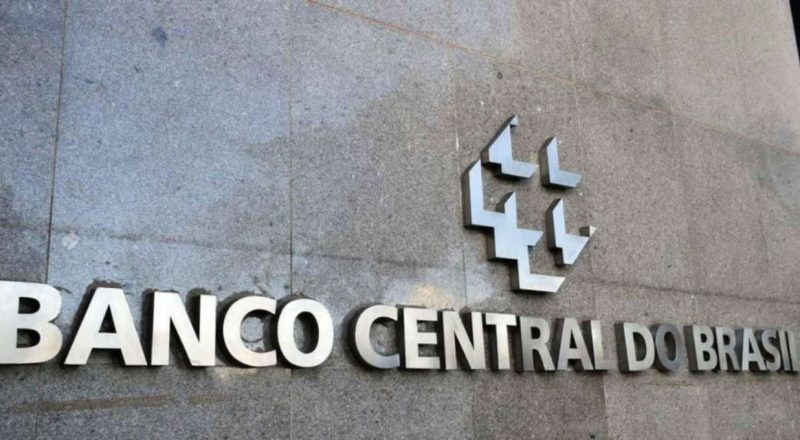
Brazil's inflation dynamics still worry the Central Bank, says Campos Neto (Image: Marcello Casal Jr/Agência Brasil)
The dynamics of inflation still worries the Banco Centralsaid the president of the monetary authority this Tuesday, Roberto Campos Netohighlighting that the drought in the country generates fears regarding food prices.
Speaking at the event J. Safra Brazil Conference 2024organized by J. Safra in São Paulo, Campos Neto stated that the most recent inflation figure was “even better”, but that, when looking at the more complete picture, the “inflation dynamics still worry the Central Bank”.
“There is still no absolute certainty regarding the influence of the tight labor force on inflation,” commented Campos Neto, when addressing one of the factors putting pressure on prices that have been cited by the Central Bank. “What seems most evident is that Brazil is growing slightly above potential on the margin,” he added.
At the same time, Campos Neto pointed out that the country's potential growth has improved over the past few years, in the wake of the economic reforms carried out by the country — including during the Covid-19 pandemic. “We still have many reforms to make, we cannot stop,” he argued.
When discussing the impact of recent climate disasters on prices, Campos Neto highlighted that the places most affected by drought around the world are precisely those with the highest levels of food production. According to him, this raises “some concern” regarding food prices.
Tax scenario
During the event, Campos Neto also stated that the recent increase observed in the risk premium captured in the long part of the future interest rate curve appears to be associated with doubts about Brazil's fiscal figures.
On Friday and Monday, long-term DI (Interbank Deposit) rates soared in Brazil, due to investors' distrust of the Lula government's ability to balance public finances. On these two days, the rate for the contract for January 2033, for example, rose by more than 40 basis points, amid the process of increasing risk premiums on the curve.
Campos Neto stated that the risk premium on the long end “seems a little exaggerated”, but acknowledged that it is the result of questions about the government’s “fiscal number” and its “transparency”.
“In fact, we noticed that there was an increase in the risk premium in the long term, which seems to be associated with doubts regarding the figures on the fiscal side,” he reinforced.
On Friday night, the Planning and Finance Ministries pointed out the need for the government to increase the amount of funds blocked by ministries by R$2.1 billion to meet this year's spending limit, totaling a budget cut of R$13.3 billion. According to projections by the economic team, the central government will close 2024 with a primary deficit of R$28.3 billion.
When asked about the impacts of the fiscal area on monetary policy, Campos Neto stated that the Central Bank uses public accounts figures as input for its models. In addition, he said he expects there to be a slowdown in government spending due to the dynamics of the fiscal framework itself.
“The framework itself forces a reduction in terms of fiscal spending. How much it is, we do not dare to say,” he said, adding that the fiscal is important for the “reaction function” of the Central Bank.
Last Wednesday, due to concerns about inflation, the BC decided to raise the basic Selic rate by 25 basis points, to 10.75% per year.
